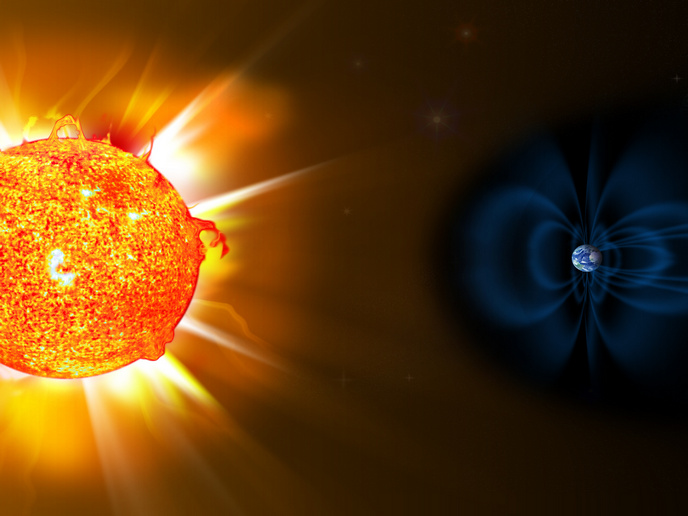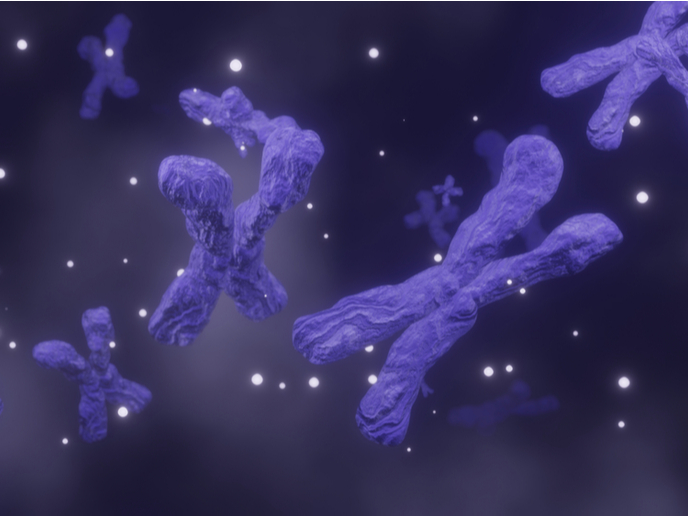Putting together the collisionless shock puzzle
Collisionless shocks, such as those found around the remnants of a supernova, are one of the most fundamental phenomena in space. They are also one of the most powerful accelerators in the universe. Yet despite over half a century of research, scientists still don’t fully understand how shock energy is dissipated into charged particle heating and acceleration in vastly different environments. The EU-funded SHARP(opens in new window) project aims to help fill this knowledge gap. “Before the beginning of the project, the physics of collisionless shocks looked like a puzzle with some parts arranged but disconnected from each other,” says Natalia Ganushkina, a researcher at the Finnish Meteorological Institute(opens in new window).
A team of world-class theorists and observers
The key aim of the project was to fill the gaps and establish a continuous connection through various environments characterised by different parameter regimes. Specifically, it looked to intensify the exploitation of heliospheric data and perform a thorough and comparative analysis of the Earth bow shock, planetary shocks and interplanetary shocks. To do this, the project brought together a team of theorists and observers who previously worked on essentially disconnected issues. “The combined efforts of the researchers not only allowed us to fill the gaps and connect previously disconnected islands of knowledge, but it also laid the basis for further filling the collisionless shock puzzle in a continuous way,” explains Ganushkina.
New insight into the physics of Solar System shocks
One of the key outcomes of this teamwork was a better understanding of the physics of the shocks found in the Solar System and far astrophysical objects. “We succeeded at advancing our understanding of shocks to higher Mach numbers,” adds Ganushkina. Researchers further compared in situ observations in the heliosphere with remote observations of supernovae remnant shocks captured by various ESA(opens in new window) and NASA(opens in new window) missions. The project also gained new insight into the injection problem, the effect of the fine structure of the shock front on the dynamics of ions and electrons, and the energisation of heavy ions.
Advancing our knowledge of shock physics
Much of the project’s work has been compiled into a comprehensive, open-source database on shocks(opens in new window). The project also published a number of articles and presentations(opens in new window), many of which introduce new concepts, approaches and methods for further studying collisionless shocks. “Thanks to the deep collaboration of our world-renowned researchers, the SHARP project succeeded at significantly advancing our knowledge of shock physics,” concludes Ganushkina.







